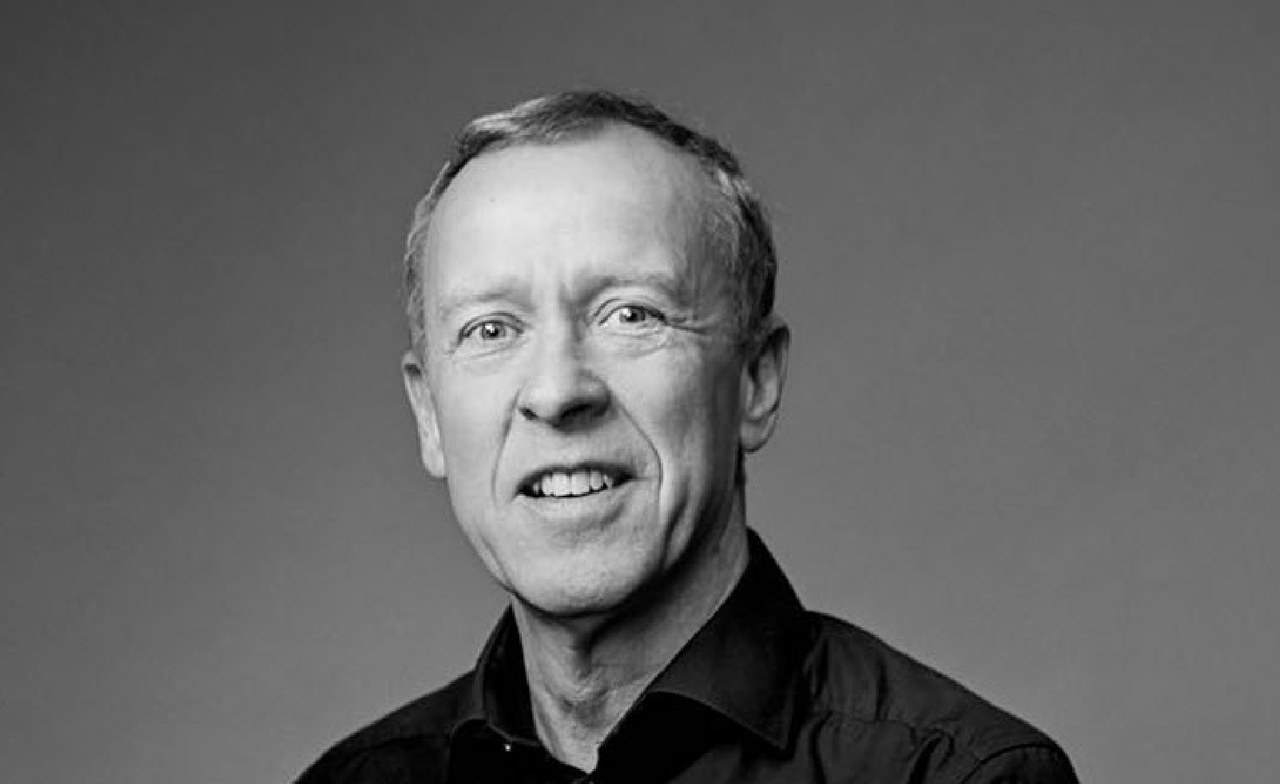From Kelly to Double Dynamic Lighting
by Henrik CLAUSEN. Henrik has worked in the lighting sector for almost 30 years, collaborating with architects, interior designers and specialist lighting designers.
I am a great admirer of Richard Kelly, the world’s first real Lighting Designer.
Kelly did his fundamental work by intro- ducing a simple, yet powerful classifica- tion of light – not by describing products or installation – but by describing how you experience light. He published his idea in his college paper, essay “Light as an Integral Part of Architecture” in 1952 and there he introduced his three principles of lighting design:
“Focal glow” is the spotlight on the modern stage. It is the pool of light at your favourite reading chair. It is the shaft of sunshine that warms the end of the val- ley. It is candlelight on the face, and a flashlight on a stair... Focal glow draws attention, pulls together diverse parts, sells merchandise, separates the important from the unimportant, helps people see.
“Ambient luminescence” is the unin- terrupted light of a snowy morning in the open country. It is fog light at sea in a small boat, it is twilight haze on a wide river where shore and water and sky are indistinguishable. It is in any art gallery with strip-lighted walls, translucent ceiling, and white floor. Ambient light produces shadowless illumination. It minimizes form and bulk.
“Play of brilliants” is Times Square at night. It is the eighteenth-century ballroom of crystal chandeliers and many candle flames. It is sunlight on a fountain or a rippling brook. It is a cache of diamonds in an opened cave. It is the rose window of Chartres... Play of brilliants excites the optic nerves, and in turn stimulates the body and spirit, quickens the appetite, awakens curiosity, sharpens the wit...
Light & Communication, nature as a reference in lighting design.
That’s the title of one of my books about lighting, published in 2009. The overall idea is to use nature as a reference when you describe different lighting scenes, that creates different moods that again supports different emotions.
In the first section I tried to explain the need for a common frame of reference. Stories may be one way, using nature as our common reference may be another. The reason I choose the latter is that we all have a common heritage, we - the human species - evolved outdoors and our vision, along with the other sensory systems are made to perfection for outdoor use in daylight. Why not use this common genetic stored reference when we specify lighting solutions and present our lighting designs? Let me give you an example:
There is nothing like walking along a path in the forest that leads us towards adventure and mystical discoveries. We can walk for hours, never getting tired. Our senses are filled to the brim. There are high variances in luminance levels and the sizes of the light spots that hit both vertical and horizontal surfaces of all shapes and colors. Our senses have a great time loading data into our entire system. We simply love it!
Using nature to describe what I want to achieve has been an efficient tool for me talking about Light, Lighting and Lighting Design through the years.
I understand if you think: This all sounds very nice, but where is the evidence?
– Its right here! The “Double Dynamic Lighting Concept”.
For many years we lacked the evidence that lighting really influences people’s emotions. However, since 2002, when the Photosensitive Ganglion cells in our retina were discovered and their control of our sleep/wake cycle documented, we have had scientific proof of the biological effects. But it was only after
a four-year research project, recently published by LEUKOS, that we have scientific evidence that lighting design influences our feelings and our emotions.
We have always known it –- now we can prove it. So let’s all get better at ex- plaining the difference good lighting can make for people. ■ H.C.
_____
Henrik CLAUSEN
Henrik has worked in the lighting sector for almost 30 years, collaborating with architects, interior designers and specialist lighting designers. From 1996 to 2004 he held the position of Managing Director of Fagerhult Lighting in Denmark, after which he founded the Fagerhult Lighting Academy, based in Copenhagen. There, he has held the positions of Director, Head of Research and International Development Director. He has also been an associate professor in Lighting Design at the Aalborg University in Copenhagen since 2016. Henrik regularly contributes to international conferences, speaking on various issues related to lighting, primarily addressing the human and emotional aspects of light and lighting design. He is also a sought after guest speaker at various universities across the globe.
___
© 2021 LED professional / Luger Research e.U.

